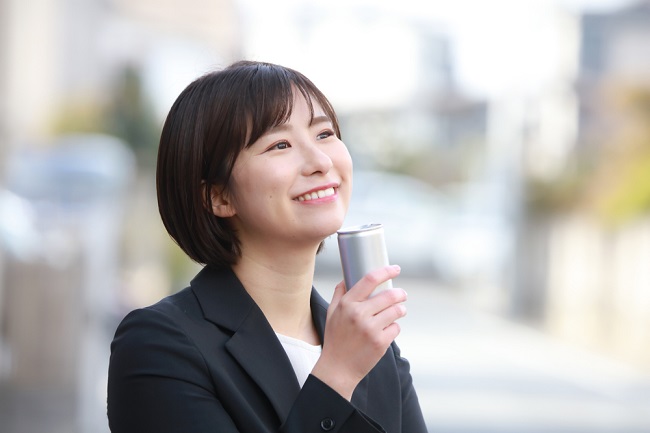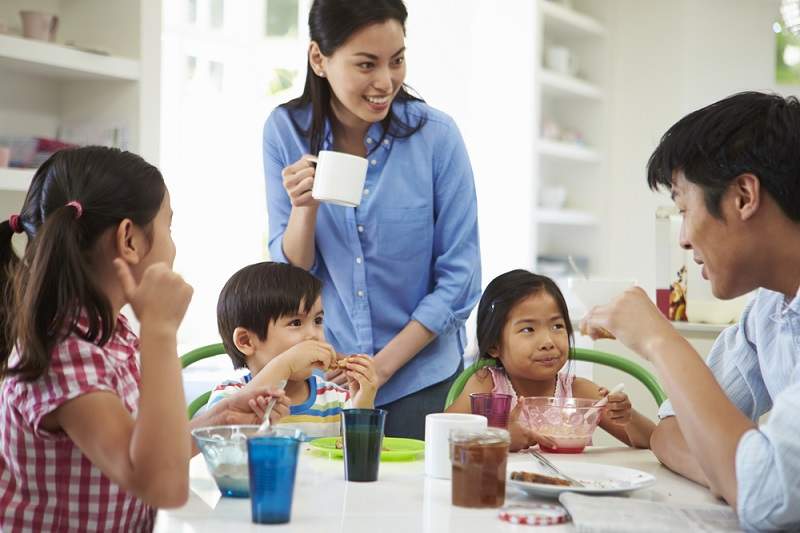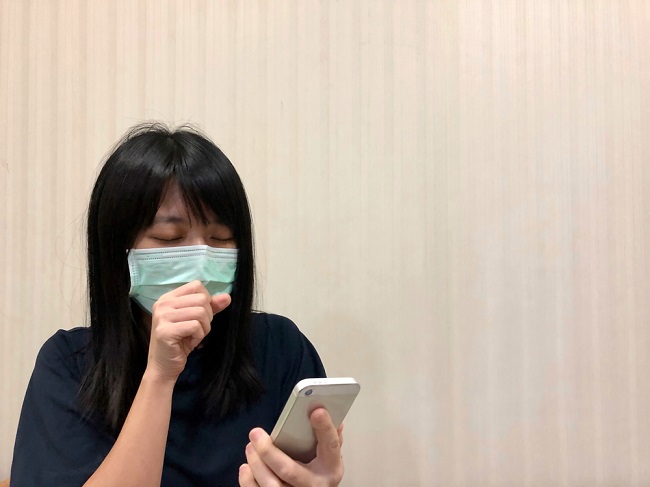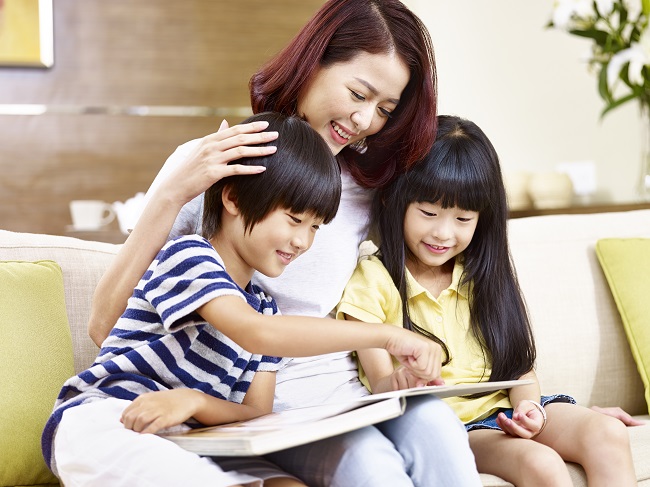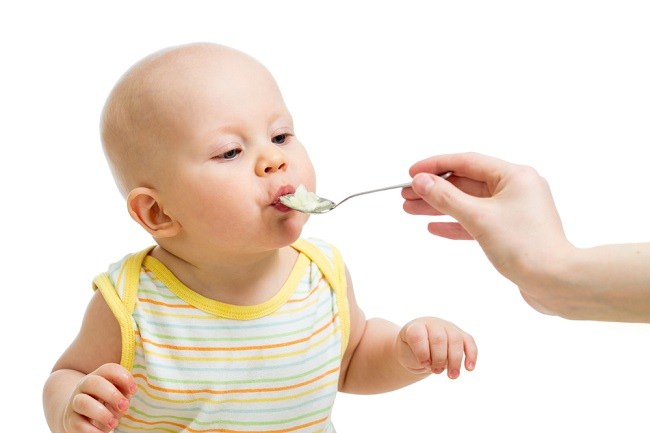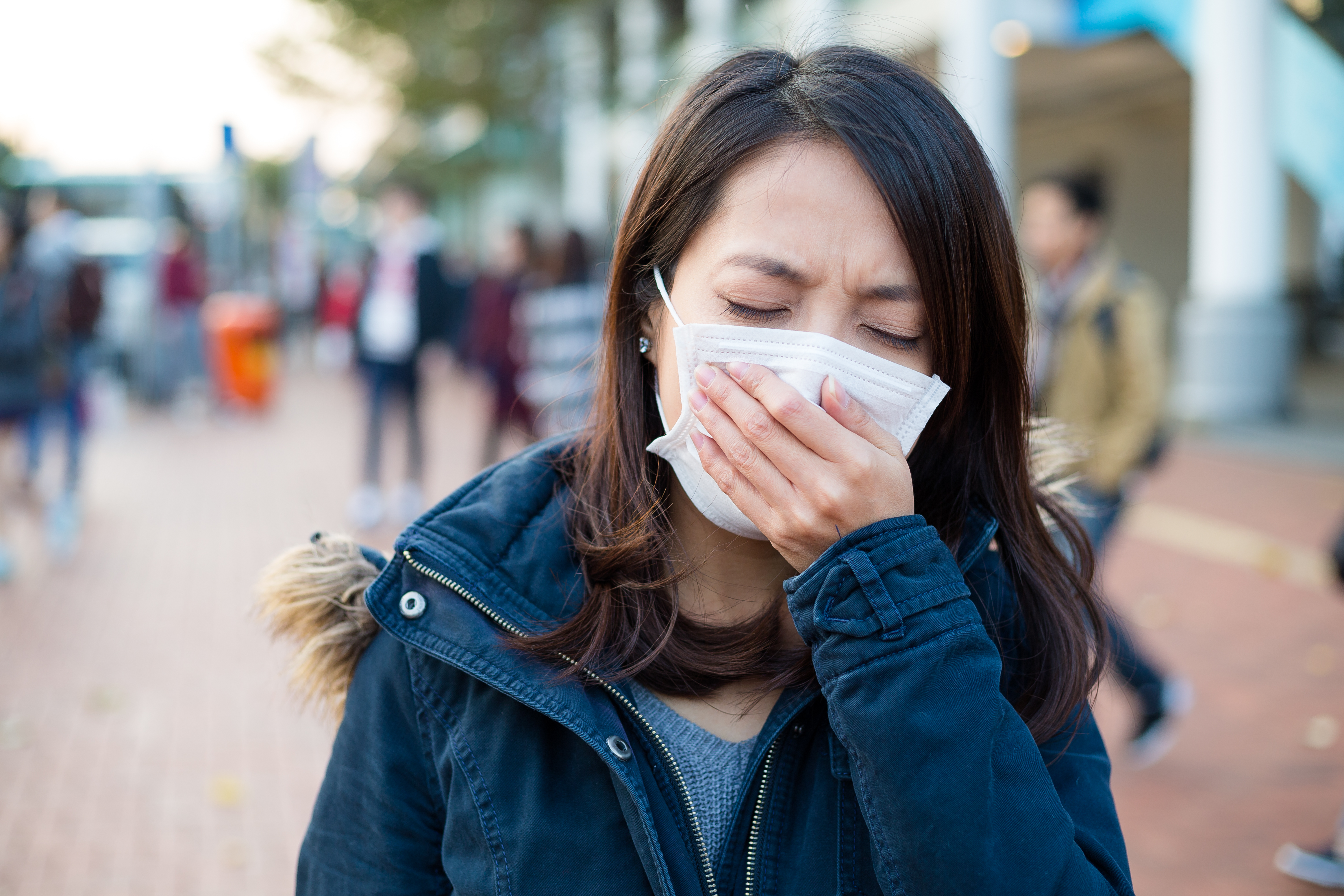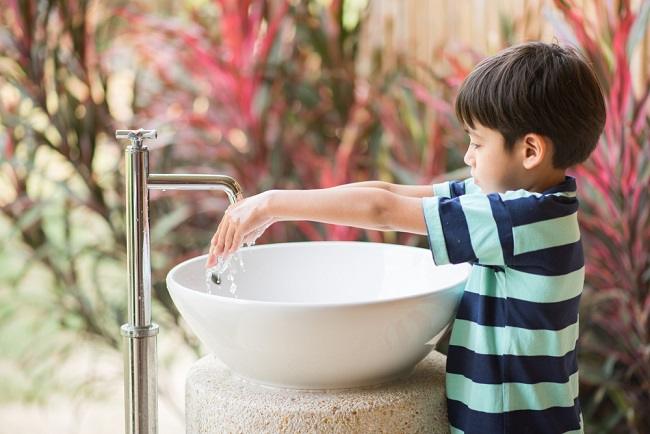Migraine in children is one of the main causes of children experiencing recurring headaches. Painhis can even be so heavy that the child is difficult to move. So that this condition does not drag on, parents need to recognize the symptoms of migraine in children and their treatment.
Migraine in children can occur in children of any age. However, this disease is more common in children aged 7-11 years. Migraines are also more common in children who have entered puberty. Migraine in children who have entered puberty is more common in adolescent girls.

There are two main types of migraine in children, namely:
- Migraine without aura. This type of migraine occurs in 60-85% of migraine cases in children.
- Migraine with aura. This type of migraine occurs in 15-30% of migraine cases in children.
Aura is a sign of symptoms that indicate that a migraine is imminent. Aura symptoms usually appear 30-60 minutes before the migraine appears and can last for 20-60 minutes. The most common aura symptoms are:
- Sudden blurring of vision.
- Eyes look dazzling or like there are lines.
- Difficulty speaking.
- Nausea and vomiting.
Some children who experience aura symptoms before the onset of migraines may also experience hallucinations, difficulty moving, or tingling.
Signs of Migraine in Children
Migraine experienced by each child can vary in duration. There are children who feel migraines for a few minutes, a few hours, some even feel it for several days.
Some of the signs and symptoms of migraines in children include:
- Pain or tenderness on one side of the head. Headaches that are felt quite heavy and feel like prickling or throbbing.
- Nausea or vomiting.
- Stomach ache.
- Dizziness (vertigo).
- Visual disturbances, such as blurred vision or glare.
- Tingling or numbness in certain body parts.
- Confusion.
- It's hard to concentrate.
Every child can show different migraine symptoms. When a migraine occurs, light, smell, sound, and daily activities can irritate or worsen migraine symptoms.
Method Treating Migraine in Children
Treatment of migraines in children depends on how severe the migraine symptoms are, how often migraines occur or recur, and what symptoms the child experiences when experiencing migraines.
But in general, migraine symptoms in children can be alleviated in the following ways:
Enough rest
When experiencing migraines, children are advised to sleep in a cool, dark, and quiet room. Adequate rest has been shown to help relieve migraine symptoms in children.
Taking pain relievers
If the symptoms are very severe or make it difficult for the child to rest, migraines need to be treated with painkillers. To determine the type of painkiller that is suitable for migraines in children, you should consult a doctor.
Avoid stress
Stress and fatigue can make migraines in children relapsed. If your child is under stress, try to calm him down and accompany him, so he can feel relaxed and comfortable. If necessary, take the child to a psychologist for counseling, to help him deal with stress.
In addition to the ways above, migraines can also be treated with drugs from a doctor. Medications commonly used to relieve pain and prevent migraine recurrence are:
- NSAIDs (non-steroidal anti-inflammatory drugs).
- Triptans, such as sumatriptan.
- Antidepressant drugs, such as amitriptyline.
- Antiseizure medications, such as topiramate, gabapentin, and valproic acid.
- Antihypertensive drugs, such as propranolol and verapamil. Although commonly used to treat high blood pressure, these types of drugs can also help prevent migraine recurrences in children.
The choice of the type of medicine used will be based on the condition and age of each child, his age, and whether there is any improvement after the child is given the medicine.
Migraine in children needs to be checked by a pediatrician immediately if accompanied by high fever, vomiting, seizures, fainting, and coma. Migraines also need to be treated immediately if they get worse over time, last more than two days, occur more than once a week, or make it difficult for a child to be active and attend school.

